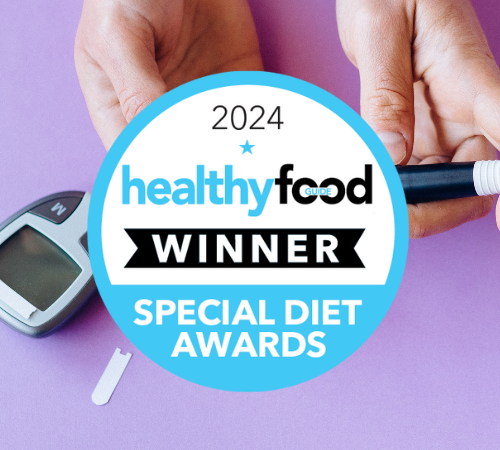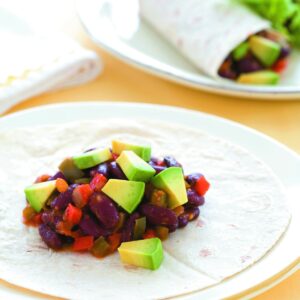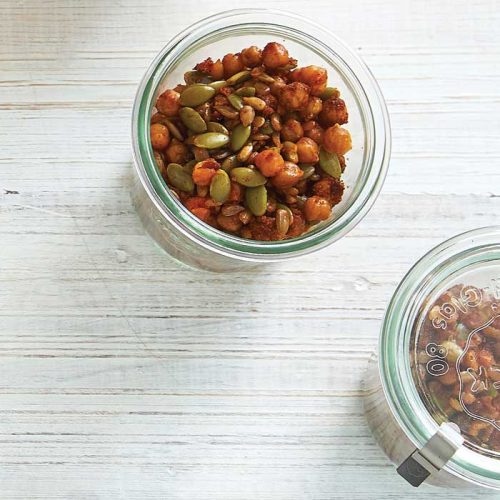
Almond ‘milk’ is a popular milk alternative, particularly among those following a plant-based diet. But is it good for you and how can you use it? Healthy Food Guide takes a look.
Whether you’re lactose-free, vegan or just not a massive fan of cow’s milk, the rise in popularity of dairy-free milks means there is now an overwhelming choice on supermarket shelves. It can be difficult to know where to start, so we’ve taken it back to basics with this guide to almond milk.
What does almond milk taste like?
Perhaps the most popular vegan milk of the lot and we can see why. It has a subtle nutty flavour that doesn’t overpower making it a versatile choice for anyone looking to expand their non-dairy milk repertoire.
What’s the (nutritional) breakdown of almond milk?
The calorie content of almond milk can vary between 30 to 50 calories per 100ml depending on the brand but, in general, it’s a good low-calorie and low-fat option. Unless you buy an organic version, it’s usually fortified with calcium and vitamins D, E, B2 and B12 too.
It’s lower in protein than cow’s milk and can’t be used as a substitute milk for toddlers due to low calorie levels. Although some contain vitamins D and E, these are fat soluble, so may not be absorbed unless consumed with a fattier foods.
How to use it
Almond milk is brilliant in smoothies and milkshakes for its smooth and subtly nutty taste. Try using it in our banoffee blend smoothie for a quick breakfast shake or have a go at our warming maple almond milk for a twist on hot chocolate.
It’s great with oats or cereal too. Give Bircher muesli a go for a dairy-free but oh-so creamy start to your day. Or even try almond milk in baking!
Want to make it yourself? Learn how to make your own almond milk at home.
You might also be interested in:
www.healthyfood.com













